Master Spy or Scoundrel?
CIVIL WAR TIMES
Vigilante-turned-sleuth Lafayette Baker inspired multiple scandals before he was finally kicked out of the White House. After stints as a printer, a sheriff, and a stockbroker, he was appointed by Winfield Scott to head spying operations for the North. Fast forward a century to the 1960s, and Baker takes center stage in a controversial theory about a conspiracy to assassinate Abraham Lincoln.
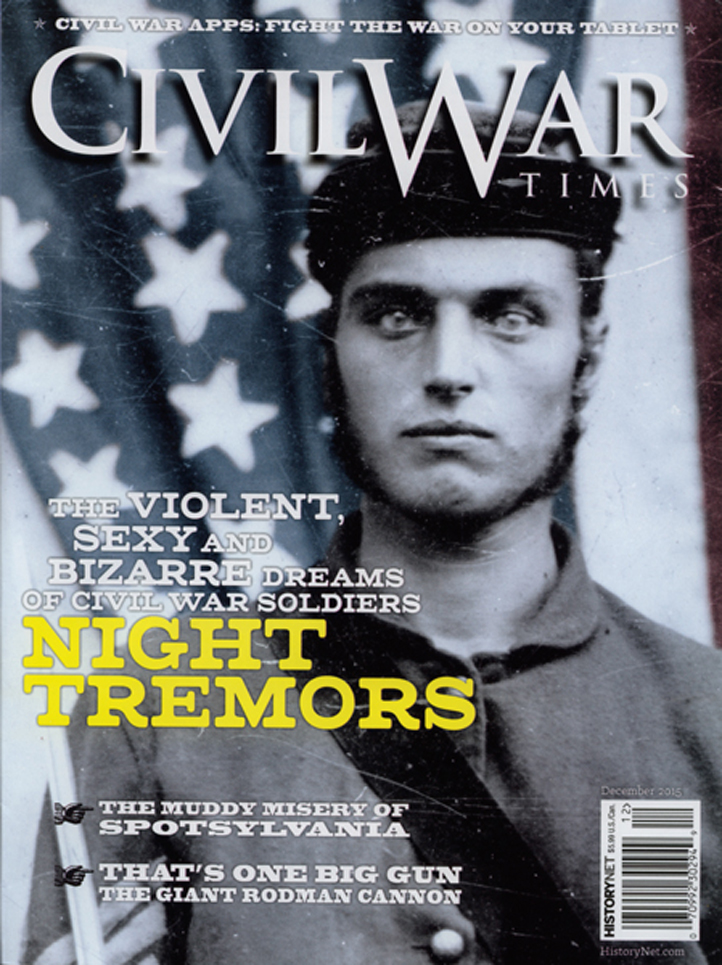
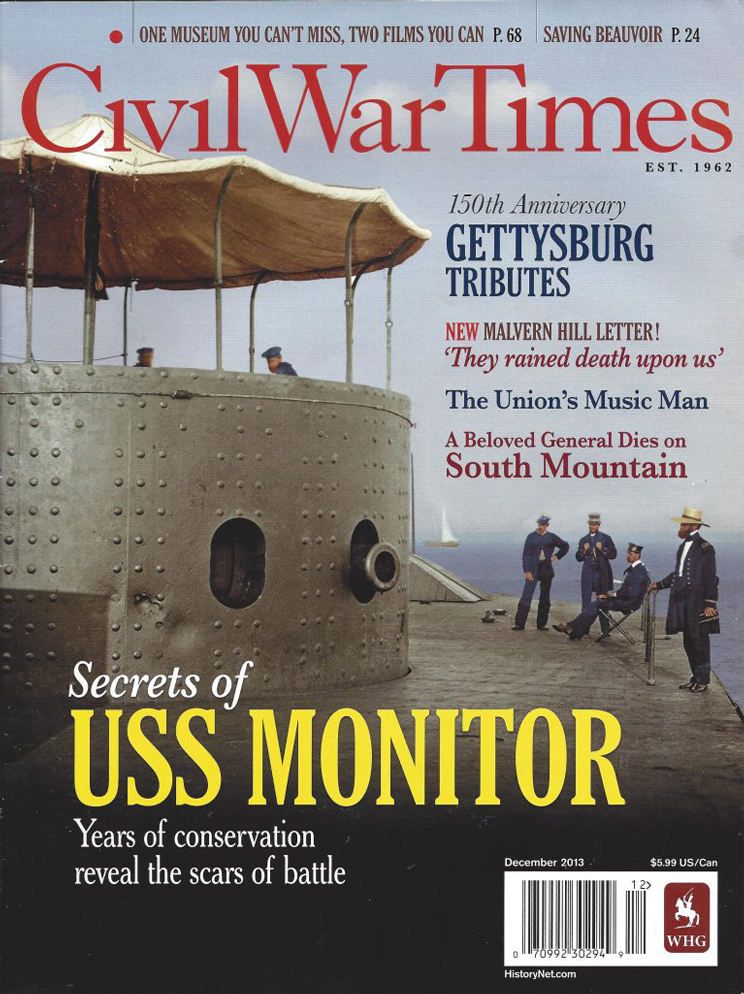
The Union's Music Man
CIVIL WAR TIMES | FEATURED ARTICLE
Minstrel and impresario Thomas Brigham Bishop entertained troops and residents in the strategic hub of Chattanooga, Tennessee in the fall of 1863. It was here that he was inspired to write, “Shew Fly, Don’t Bodder Me,” allegedly because of something said by a black volunteer for the Union. While Bishop eventually drew thousands for his staged acts here and also Knoxville and Nashville, he found himself unable to leave the limelight once the war was over.
Lillian Smith: The 'On Target' California Girl
WILD WEST MAGAZINE | FEATURED ARTICLE
Born and raised in California, Lillian Frances Smith is the most famous female rifle shot you’ve never heard of. Long ignored by historians or unknown to history buffs, Smith was perhaps a better shooter than Annie Oakley. But she refused to acquire a Victorian persona, which would have made her too similar to Oakley in the press and also, severely curtail her more gregarious personality. Ultimately, Smith transformed herself into “Princess Wenona,” a “long-lost” orphaned Sioux. Smith thrilled tens of thousands nationwide in the vaudeville circuit between 1886, when she toured with Buffalo Bill’s Wild West, and the end of WWI, when she retired to the 101 Ranch in Bliss, Oklahoma. This print and online feature in Wild West (February 2015) tells us why we should consider both Oakley and Smith when discussing the best female sharpshooters in American history.
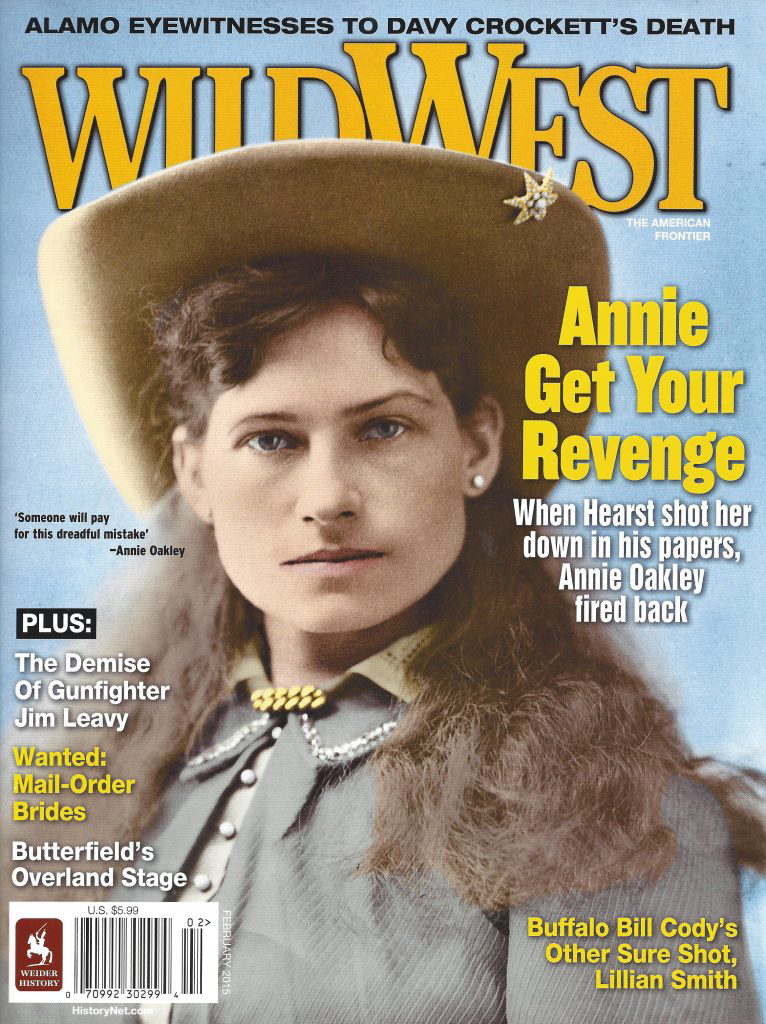
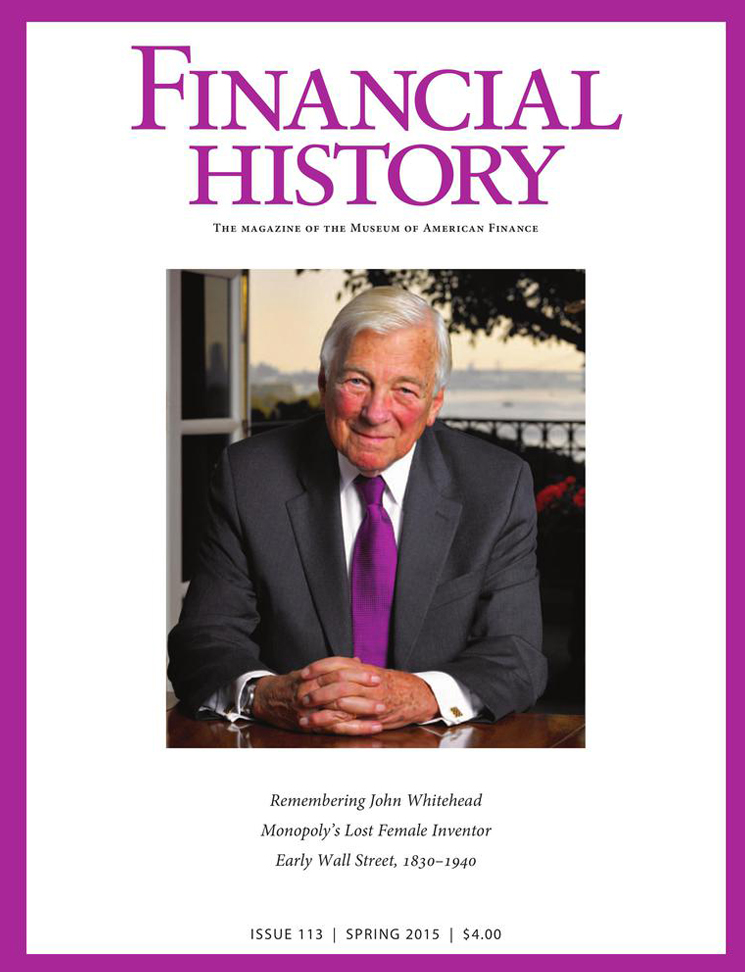
The Pingree Plan: New York's Response to Unemployment in the 1890s
FINANCIAL HISTORY
The plight of Detroit’s unemployed during the Depression of 1893 had a profound impact on its mayor, Hazen S. Pingree. He devised an immensely popular and effective response that soon bore his name, “Pingree’s Potato Patch.” He formulated a plan to raise private funds to buy seed and tools, which would be used to turn his city’s vacant lots into gardens tilled by the starving poor for their own benefit. By 1895, almost every major metropolitan city in America used some form of the Mayor’s plan, and New York State in particular had several successful versions.
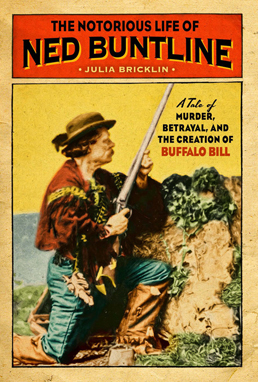
The Notorious Life of Ned Buntline
A Tale of Murder, Betrayal, and the Creation of Buffalo Bill
Edward Zane Carroll Judson aka Ned Buntline (1821–1886) was responsible for creating a highly romantic and often misleading image of the American West, albeit one that the masses found irresistible in the mid-to-late nineteenth century. Some scholars estimate that he wrote at least four hundred dime novels over his lifetime, and perhaps as many as six hundred. While he is best known for discovering William Frederick Cody (Buffalo Bill) and making the irrepressible scout a star, Judson—by that time—had already lived five lifetimes himself: he had fought Seminole Indians in Florida; started and bankrupted three newspapers; published dozens of successful novels; agitated for the Know-Nothing party; and fought in the Union Army during the Civil War. Along the way, the fiery redheaded, gray-eyed writer lectured extensively about temperance between drinking bouts. He married eight women, seduced at least one other, and cavorted with prostitutes, one of whom beat him physically and legally.
It wasn’t until 1869 that, en route home from a temperance speaking tour in California, he met Cody in Nebraska, while trying to make contact with another Western star, “Wild Bill” Hickok. Judson’s time with his last three wives overlapped his time with Cody. Their subsequent fight over Judson’s Civil War pension provides not only a unique glimpse into the mind of a narcissistic genius, but also a panoramic view of America’s past forcibly displayed by white, Protestant manhood.
The Notorious Life of Ned Buntline captures the likeness of a man whose life was a landscape littered with contradictions–a man whose readers often forgave his Jekyll-and-Hyde behavior because of his inventive portrayal of a country trying to subdue the last of its natural landscapes and make sense of its teeming cities. It will be, at last, an open-eyed look at the man who sparked an American legend but whose own scandalous life somehow escaped history’s limelight.

The Notorious Life of Ned Buntline
A Tale of Murder, Betrayal, and the Creation of Buffalo Bill
Edward Zane Carroll Judson aka Ned Buntline (1821–1886) was responsible for creating a highly romantic and often misleading image of the American West, albeit one that the masses found irresistible in the mid-to-late nineteenth century. Some scholars estimate that he wrote at least four hundred dime novels over his lifetime, and perhaps as many as six hundred. While he is best known for discovering William Frederick Cody (Buffalo Bill) and making the irrepressible scout a star, Judson—by that time—had already lived five lifetimes himself: he had fought Seminole Indians in Florida; started and bankrupted three newspapers; published dozens of successful novels; agitated for the Know-Nothing party; and fought in the Union Army during the Civil War. Along the way, the fiery redheaded, gray-eyed writer lectured extensively about temperance between drinking bouts. He married eight women, seduced at least one other, and cavorted with prostitutes, one of whom beat him physically and legally.
It wasn’t until 1869 that, en route home from a temperance speaking tour in California, he met Cody in Nebraska, while trying to make contact with another Western star, “Wild Bill” Hickok. Judson’s time with his last three wives overlapped his time with Cody. Their subsequent fight over Judson’s Civil War pension provides not only a unique glimpse into the mind of a narcissistic genius, but also a panoramic view of America’s past forcibly displayed by white, Protestant manhood.
The Notorious Life of Ned Buntline captures the likeness of a man whose life was a landscape littered with contradictions–a man whose readers often forgave his Jekyll-and-Hyde behavior because of his inventive portrayal of a country trying to subdue the last of its natural landscapes and make sense of its teeming cities. It will be, at last, an open-eyed look at the man who sparked an American legend but whose own scandalous life somehow escaped history’s limelight.

The Notorious Life of Ned Buntline
A Tale of Murder, Betrayal, and the Creation of Buffalo Bill
Edward Zane Carroll Judson aka Ned Buntline (1821–1886) was responsible for creating a highly romantic and often misleading image of the American West, albeit one that the masses found irresistible in the mid-to-late nineteenth century. Some scholars estimate that he wrote at least four hundred dime novels over his lifetime, and perhaps as many as six hundred. While he is best known for discovering William Frederick Cody (Buffalo Bill) and making the irrepressible scout a star, Judson—by that time—had already lived five lifetimes himself: he had fought Seminole Indians in Florida; started and bankrupted three newspapers; published dozens of successful novels; agitated for the Know-Nothing party; and fought in the Union Army during the Civil War. Along the way, the fiery redheaded, gray-eyed writer lectured extensively about temperance between drinking bouts. He married eight women, seduced at least one other, and cavorted with prostitutes, one of whom beat him physically and legally.
It wasn’t until 1869 that, en route home from a temperance speaking tour in California, he met Cody in Nebraska, while trying to make contact with another Western star, “Wild Bill” Hickok. Judson’s time with his last three wives overlapped his time with Cody. Their subsequent fight over Judson’s Civil War pension provides not only a unique glimpse into the mind of a narcissistic genius, but also a panoramic view of America’s past forcibly displayed by white, Protestant manhood.
The Notorious Life of Ned Buntline captures the likeness of a man whose life was a landscape littered with contradictions–a man whose readers often forgave his Jekyll-and-Hyde behavior because of his inventive portrayal of a country trying to subdue the last of its natural landscapes and make sense of its teeming cities. It will be, at last, an open-eyed look at the man who sparked an American legend but whose own scandalous life somehow escaped history’s limelight.

The Notorious Life of Ned Buntline
A Tale of Murder, Betrayal, and the Creation of Buffalo Bill
Edward Zane Carroll Judson aka Ned Buntline (1821–1886) was responsible for creating a highly romantic and often misleading image of the American West, albeit one that the masses found irresistible in the mid-to-late nineteenth century. Some scholars estimate that he wrote at least four hundred dime novels over his lifetime, and perhaps as many as six hundred. While he is best known for discovering William Frederick Cody (Buffalo Bill) and making the irrepressible scout a star, Judson—by that time—had already lived five lifetimes himself: he had fought Seminole Indians in Florida; started and bankrupted three newspapers; published dozens of successful novels; agitated for the Know-Nothing party; and fought in the Union Army during the Civil War. Along the way, the fiery redheaded, gray-eyed writer lectured extensively about temperance between drinking bouts. He married eight women, seduced at least one other, and cavorted with prostitutes, one of whom beat him physically and legally.
It wasn’t until 1869 that, en route home from a temperance speaking tour in California, he met Cody in Nebraska, while trying to make contact with another Western star, “Wild Bill” Hickok. Judson’s time with his last three wives overlapped his time with Cody. Their subsequent fight over Judson’s Civil War pension provides not only a unique glimpse into the mind of a narcissistic genius, but also a panoramic view of America’s past forcibly displayed by white, Protestant manhood.
The Notorious Life of Ned Buntline captures the likeness of a man whose life was a landscape littered with contradictions–a man whose readers often forgave his Jekyll-and-Hyde behavior because of his inventive portrayal of a country trying to subdue the last of its natural landscapes and make sense of its teeming cities. It will be, at last, an open-eyed look at the man who sparked an American legend but whose own scandalous life somehow escaped history’s limelight.

The Notorious Life of Ned Buntline
A Tale of Murder, Betrayal, and the Creation of Buffalo Bill
Edward Zane Carroll Judson aka Ned Buntline (1821–1886) was responsible for creating a highly romantic and often misleading image of the American West, albeit one that the masses found irresistible in the mid-to-late nineteenth century. Some scholars estimate that he wrote at least four hundred dime novels over his lifetime, and perhaps as many as six hundred. While he is best known for discovering William Frederick Cody (Buffalo Bill) and making the irrepressible scout a star, Judson—by that time—had already lived five lifetimes himself: he had fought Seminole Indians in Florida; started and bankrupted three newspapers; published dozens of successful novels; agitated for the Know-Nothing party; and fought in the Union Army during the Civil War. Along the way, the fiery redheaded, gray-eyed writer lectured extensively about temperance between drinking bouts. He married eight women, seduced at least one other, and cavorted with prostitutes, one of whom beat him physically and legally.
It wasn’t until 1869 that, en route home from a temperance speaking tour in California, he met Cody in Nebraska, while trying to make contact with another Western star, “Wild Bill” Hickok. Judson’s time with his last three wives overlapped his time with Cody. Their subsequent fight over Judson’s Civil War pension provides not only a unique glimpse into the mind of a narcissistic genius, but also a panoramic view of America’s past forcibly displayed by white, Protestant manhood.
The Notorious Life of Ned Buntline captures the likeness of a man whose life was a landscape littered with contradictions–a man whose readers often forgave his Jekyll-and-Hyde behavior because of his inventive portrayal of a country trying to subdue the last of its natural landscapes and make sense of its teeming cities. It will be, at last, an open-eyed look at the man who sparked an American legend but whose own scandalous life somehow escaped history’s limelight.
The Notorious Life of Ned Buntline
A Tale of Murder, Betrayal, and the Creation of Buffalo Bill
Edward Zane Carroll Judson aka Ned Buntline (1821–1886) was responsible for creating a highly romantic and often misleading image of the American West, albeit one that the masses found irresistible in the mid-to-late nineteenth century. Some scholars estimate that he wrote at least four hundred dime novels over his lifetime, and perhaps as many as six hundred. While he is best known for discovering William Frederick Cody (Buffalo Bill) and making the irrepressible scout a star, Judson—by that time—had already lived five lifetimes himself: he had fought Seminole Indians in Florida; started and bankrupted three newspapers; published dozens of successful novels; agitated for the Know-Nothing party; and fought in the Union Army during the Civil War. Along the way, the fiery redheaded, gray-eyed writer lectured extensively about temperance between drinking bouts. He married eight women, seduced at least one other, and cavorted with prostitutes, one of whom beat him physically and legally.
It wasn’t until 1869 that, en route home from a temperance speaking tour in California, he met Cody in Nebraska, while trying to make contact with another Western star, “Wild Bill” Hickok. Judson’s time with his last three wives overlapped his time with Cody. Their subsequent fight over Judson’s Civil War pension provides not only a unique glimpse into the mind of a narcissistic genius, but also a panoramic view of America’s past forcibly displayed by white, Protestant manhood.
The Notorious Life of Ned Buntline captures the likeness of a man whose life was a landscape littered with contradictions–a man whose readers often forgave his Jekyll-and-Hyde behavior because of his inventive portrayal of a country trying to subdue the last of its natural landscapes and make sense of its teeming cities. It will be, at last, an open-eyed look at the man who sparked an American legend but whose own scandalous life somehow escaped history’s limelight.

